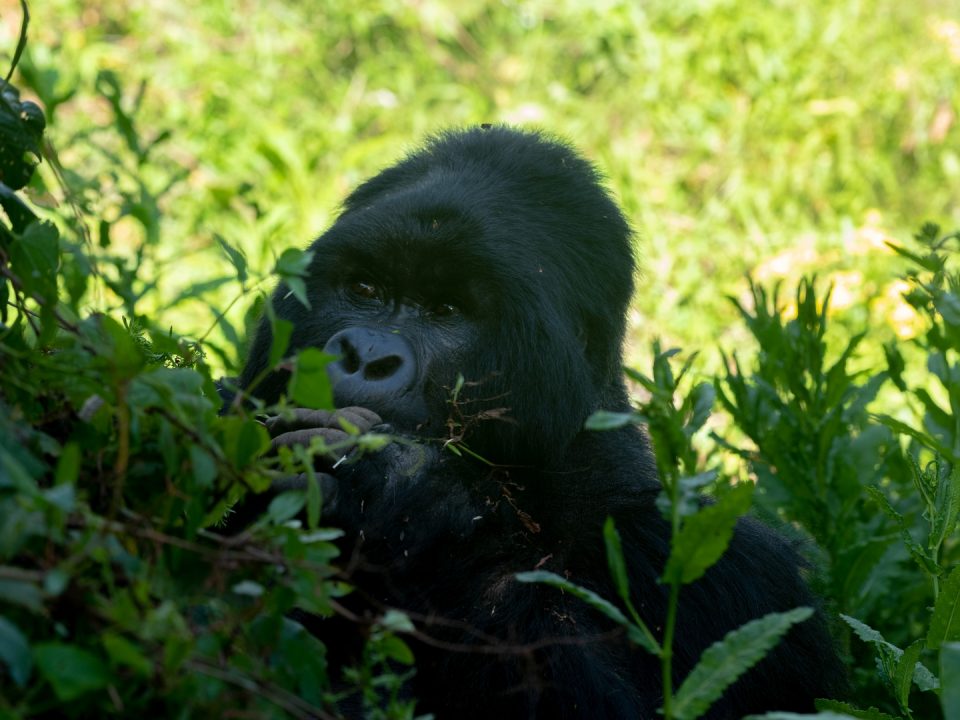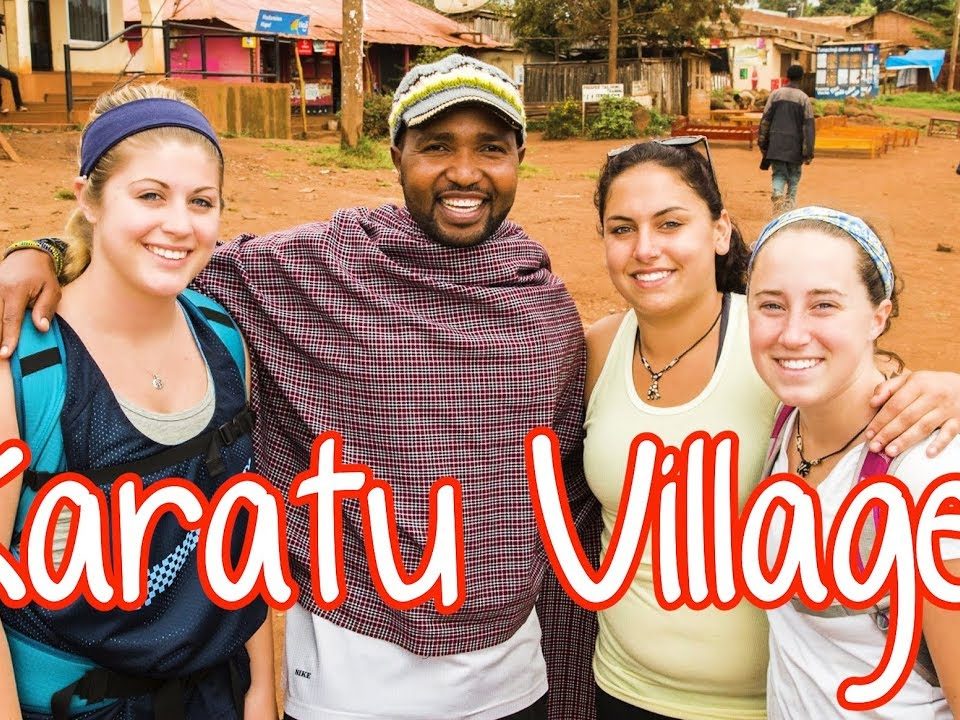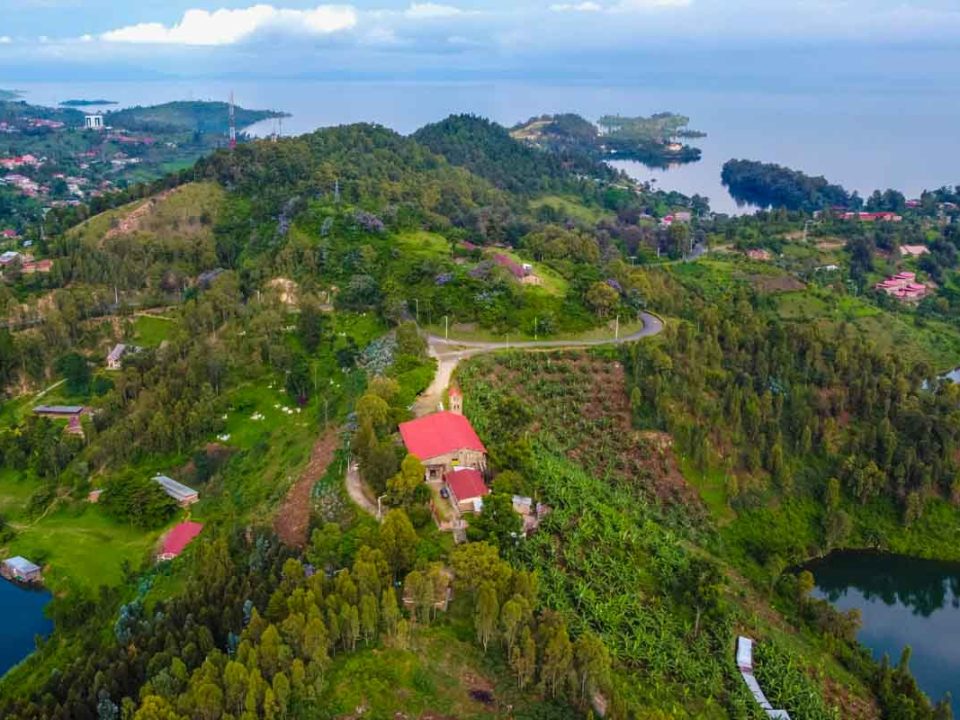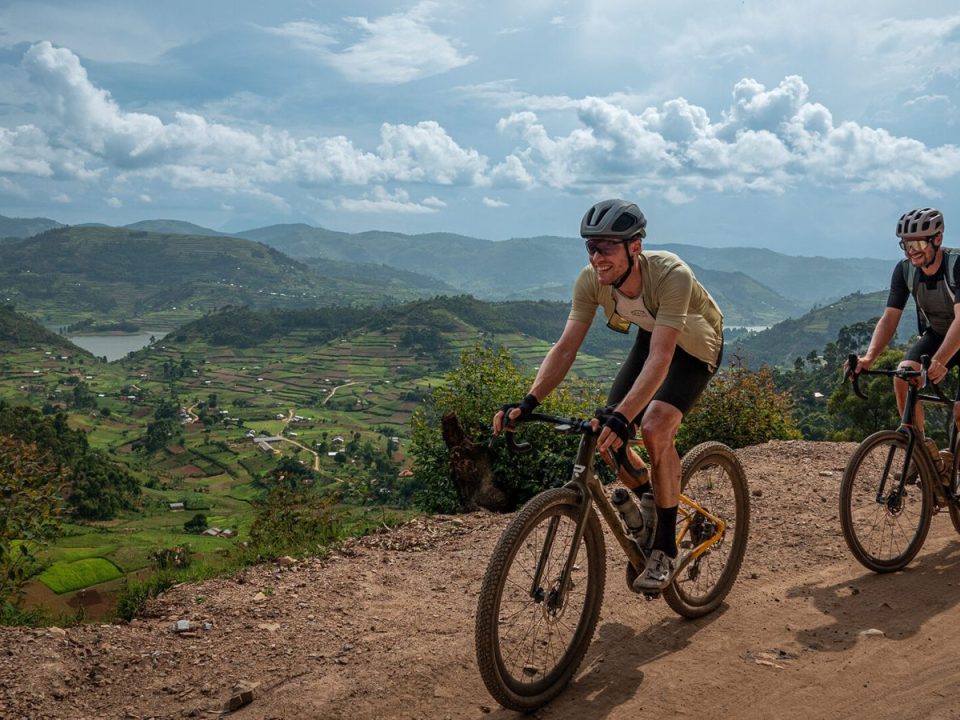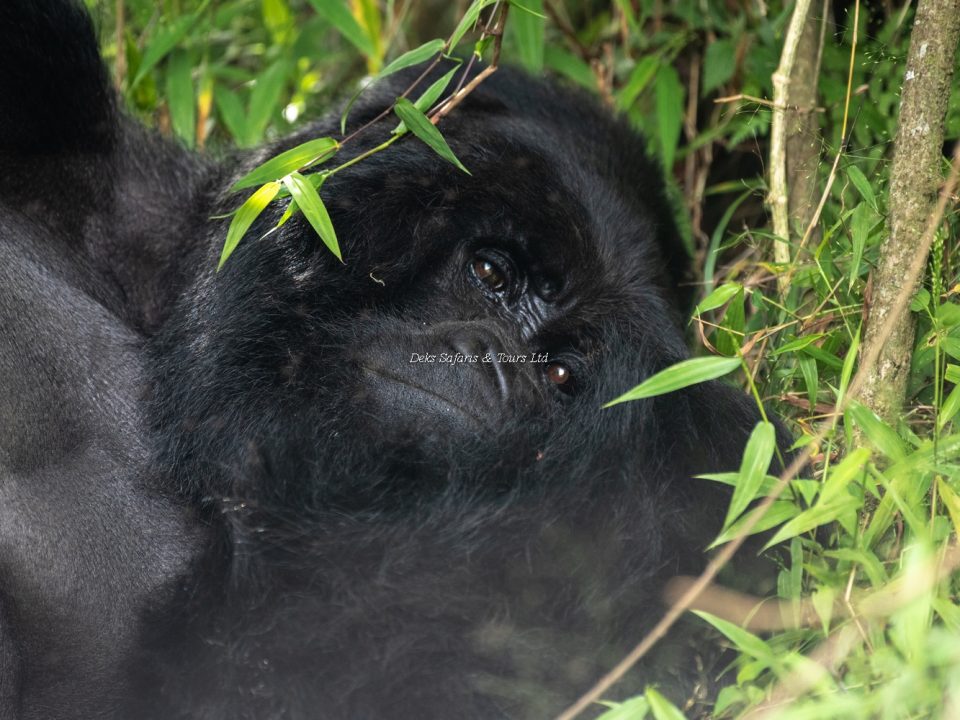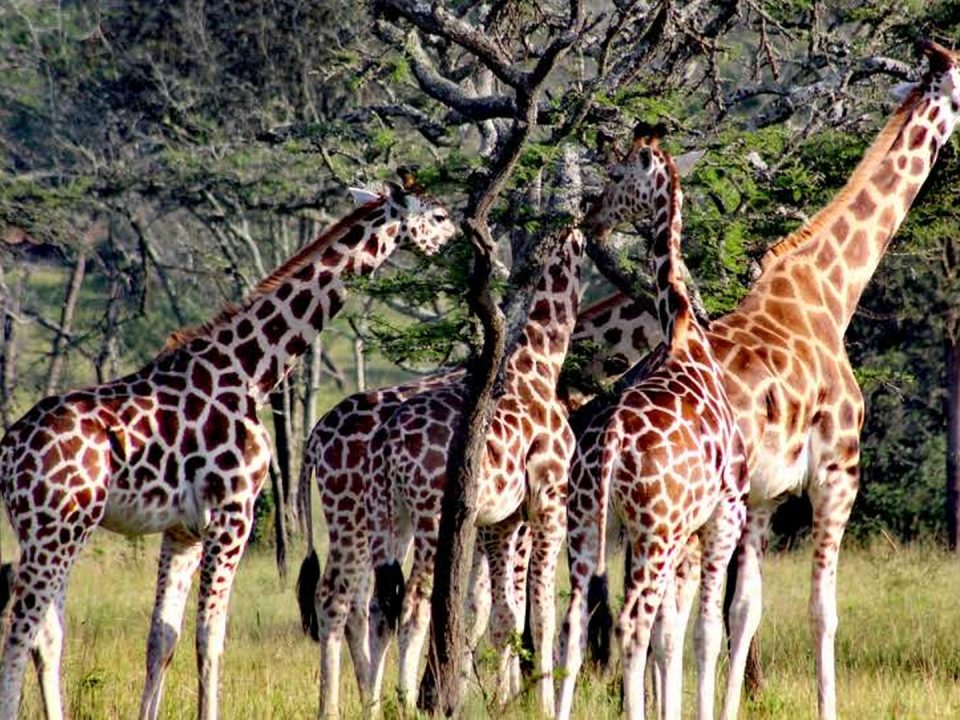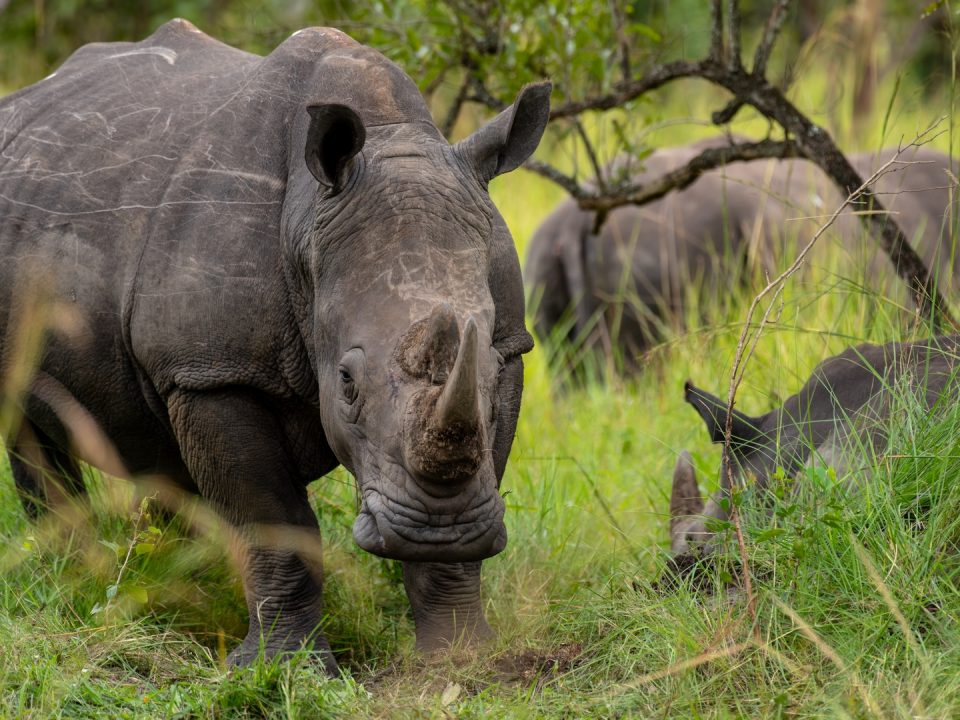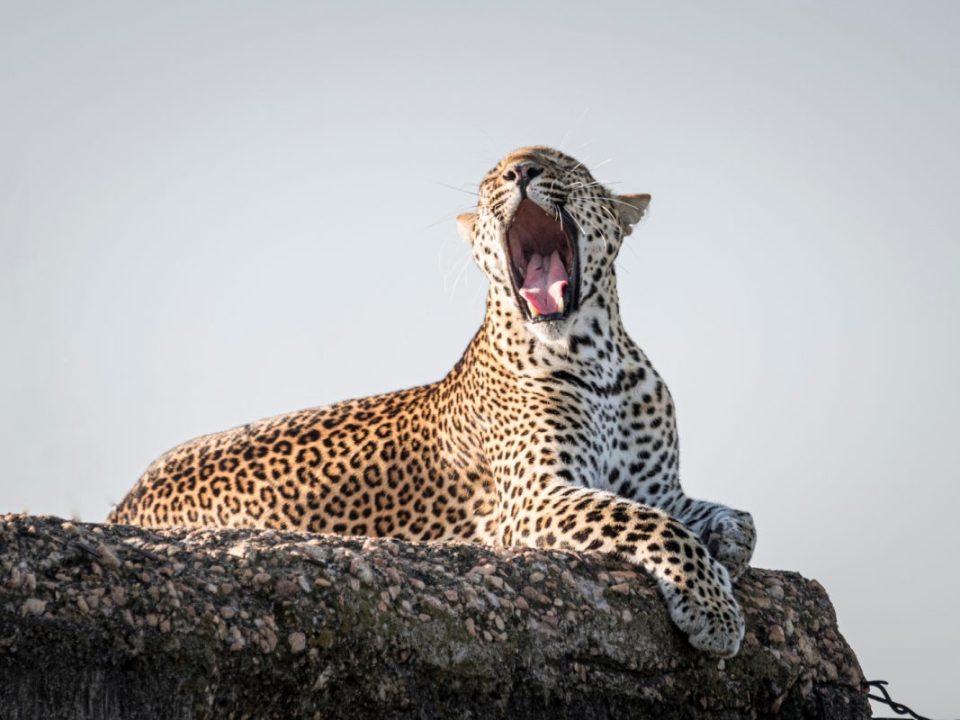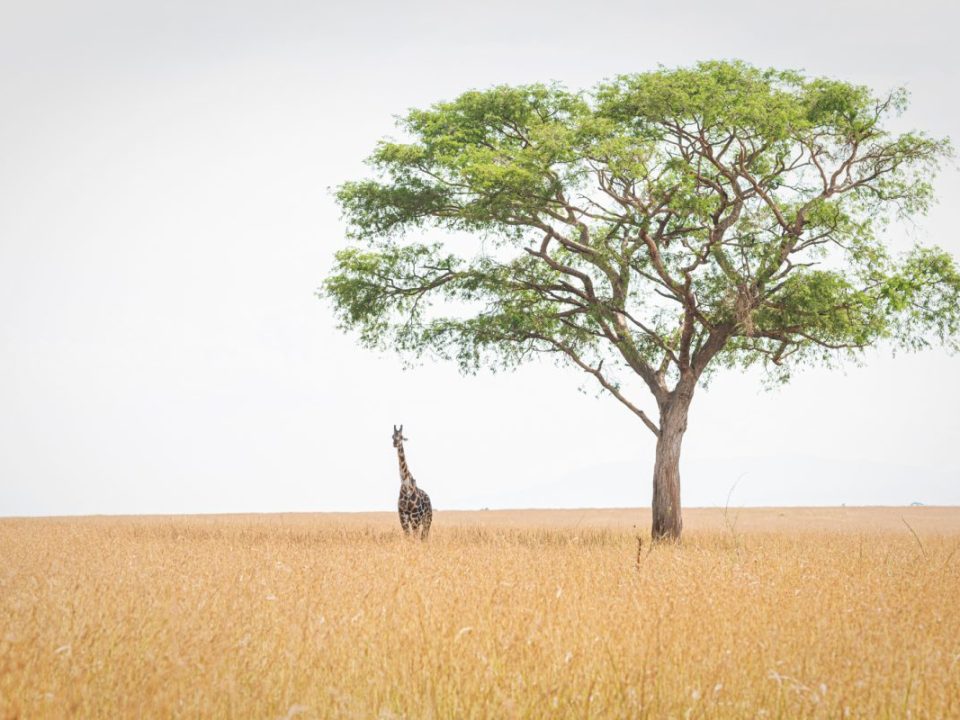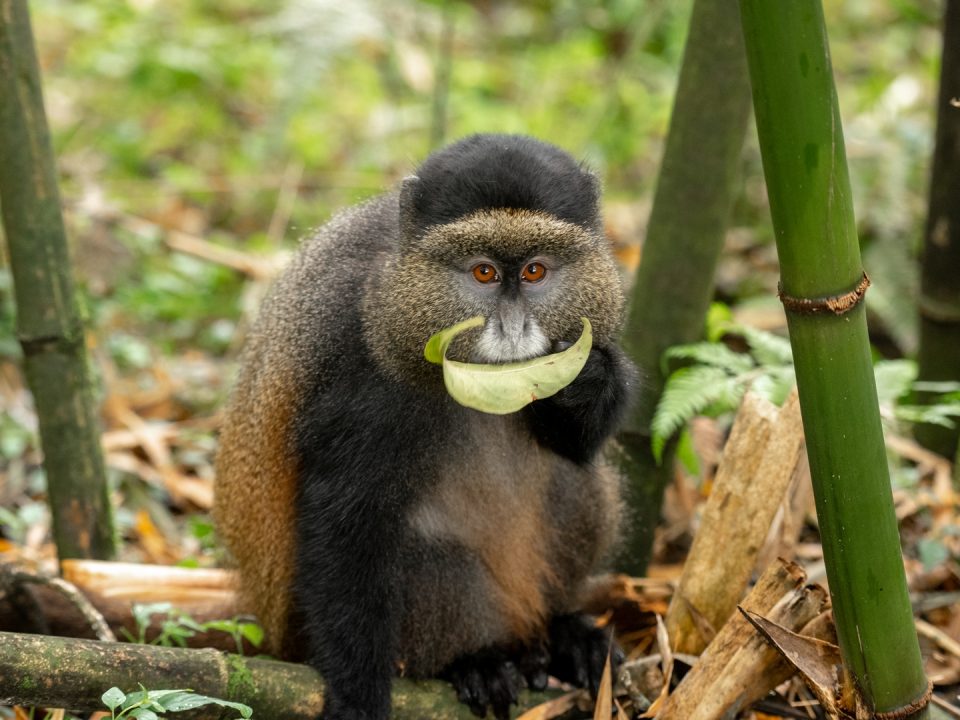Facts about Mountain Gorillas Diet, Habitat, Size, Height, and Weight with Photos & Videos
Top Facts about mountain gorillas by Deks Tours. Why You Need to See Africa’s Mountain Gorillas in Uganda Facts & where to find them in Uganda. Facts about Mountain Gorillas Diet, Habitat, Size, Height, and Weight with Photos & Videos.
Why Are Mountain Gorillas Dangerous?
Mountain gorillas are not inherently harmful to humans and are typically recognized for their timid and gentle demeanor. However, instances of aggressive behavior may arise in response to perceived threats or when they feel cornered. It’s important to emphasize that the majority of human encounters with mountain gorillas are calm and pose no threat.
In certain regions of Africa, gorilla trekking tourism has gained popularity as an activity where visitors can observe these magnificent creatures in their natural habitat. Experienced trackers and guides lead these excursions, and tourists must adhere to strict guidelines to ensure safety and minimize disturbance to the gorillas. This includes maintaining a safe distance and avoiding direct eye contact.
Respecting the gorillas’ natural behavior and preserving their protected habitats are essential for the safety of both gorillas and humans. As critically endangered species, ongoing conservation efforts aim to safeguard and sustain mountain gorilla populations.
Some Reasons Why Mountain Gorillas Might Display Aggressive Behavior
- Protection of their group: Mountain gorillas live in close-knit family groups led by a dominant silverback male. The silverback is responsible for protecting the group, and he may become aggressive if he perceives a threat to the safety of the group, including humans.
- Mating behavior: During the mating season, male gorillas may become more aggressive as they compete for the attention of females. This aggression is generally directed towards other males rather than humans.
- Mothers protecting their young: Like many animals, female gorillas can be highly protective of their offspring. If a human were to approach too closely to a mother and her baby, she might react aggressively to protect her young.
- Territory defense: Gorillas have defined home ranges, and they may become defensive if they feel their territory is being invaded. Such territorial aggression is typically directed towards other gorilla groups but could potentially involve humans who encroach on their territory.
What Are the Threats to Mountain Gorillas?
Mountain gorillas (Gorilla beringei beringei) face several significant threats to their survival, primarily due to human activities and environmental factors.
Despite these threats, there have been some positive developments. The population of mountain gorillas has increased in recent years, thanks to the concerted efforts of conservation organizations, governments, and local communities. However, ongoing vigilance and efforts are crucial to ensure the long-term survival of this critically endangered species.
Some of the Main Threats to Mountain Gorillas Include
Habitat Loss and Degradation
Deforestation, agriculture, and human settlement encroach upon the gorillas’ natural habitat. As a result, their forest homes are reduced in size and quality, leading to habitat fragmentation and degradation.
Poaching
Mountain gorillas have been hunted for their meat, body parts, or as pets. While direct poaching has been reduced in recent years due to conservation efforts, there is still a risk of poaching in some areas.
Human-Wildlife Conflict
As human populations expand, conflicts between people and gorillas can occur, particularly when gorillas raid crops, and people retaliate by killing or injuring gorillas.
Disease Transmission
Mountain gorillas are highly susceptible to diseases transmitted by humans, such as respiratory infections and gastrointestinal diseases. Ecotourism and research activities can expose gorillas to human-borne illnesses.
Implementing health monitoring programs for gorillas, along with strict hygiene and behavior guidelines for tourists and researchers to minimize disease transmission.
Climate Change
Climate change can affect the gorillas’ habitat and food sources. It may lead to changes in vegetation and impact the availability of key plants that gorillas rely on for food.
Civil Unrest and Armed Conflict
Political instability and armed conflicts in the gorillas’ range countries can disrupt conservation efforts and lead to insecurity in protected areas.
Efforts Taken to Protect and Increase the Number of Mountain Gorilla
Efforts to protect mountain gorillas have been ongoing for many years. Conservation organizations, governments, and local communities have taken various steps to address these threats.
Protected Areas: Establishing and maintaining protected areas and national parks, such as Virunga National Park in the Democratic Republic of Congo, Volcanoes National Park in Rwanda, and Bwindi Impenetrable National Park in Uganda, to provide secure habitats for mountain gorillas.
Anti-Poaching Measures: Enforcing laws and increasing patrols to combat poaching and the illegal wildlife trade.
Community Engagement: Involving local communities in conservation efforts, providing incentives for protecting gorillas, and supporting sustainable livelihoods that reduce dependence on the gorillas’ habitat.
Disease Monitoring and Research: Implementing health monitoring programs for gorillas, along with strict hygiene and behavior guidelines for tourists and researchers to minimize disease transmission.
Tourism Regulation: Managing and regulating gorilla tourism to ensure minimal disturbance to the animals and generate income for conservation efforts.
Education and Awareness: Raising awareness about the importance of gorilla conservation and promoting responsible tourism and behavior around gorillas.
Proposed Africa Tours & Cultural Holidays – Deks Safaris and Tours Ltd
- 6 Days Uganda Kenya Tour
- 7 Days Rwanda Uganda Tour
- 8 Days Kenya Uganda Luxury Safari
- 8 Days Kenya Uganda Tour
- 9 Days Kenya Uganda Safari
- 10 Days Kenya Uganda Safari
- 10 Days Uganda Kenya Tanzania Safari
- 10 Days Rwanda Kenya Tanzania Safari
- 11 Days Kenya Uganda Rwanda Safari
- 11 Days Kenya Uganda Safari
- 11 Days Uganda Kenya Zanzibar Safari
- 11 Days Rwanda Kenya Safari
- 12 Day Kenya Uganda Rwanda Safari
- 13 Days Uganda Kenya Tanzania Safari
- 14 Days Across Africa Safari
- 14 Days Rwanda Tanzania Safari
- 15 Days Kenya Rwanda Tour
- 16 Days Kenya Uganda Safari
- All
- Adventure Holidays
- Africa Adventure Tours
- Africa Safari News
- Africa Senior Tours
- Africa Tour
- Africa Tours
- Africa Village Tours
- Africa Wildlife Safari
- Africa Wildlife Tour
- Burundi Safari
- Burundi Safaris
- Burundi Tour
- Burundi Tours
- Chimpanzee Tracking News
- Congo Safaris
- Golden Monkey Tracking Uganda
- Gorilla Safaris
- Gorilla Trekking Africa
- Great Wildlife Migration
- Hot Air Balloon Safari
- Kenya Birding Safaris
- Kenya Cultural Tours
- Kenya Safari Holidays
- Kenya Wildlife Safaris
- Luxury Holidays in Uganda
- Luxury Packages in Uganda
- Luxury Safari in Uganda
- Luxury Safaris in Uganda
- Luxury Travel in Uganda
- Luxury Travels in Uganda
- Rwanda Cultural Tours
- Rwanda Gorilla Safaris
- Rwanda Primates Tours
- Rwanda Safari Holidays
- Rwanda Vacation Holidays
- Rwanda Wildlife Safaris
- Tanzania Safari Holidays
- Tanzania Wildlife Safaris
- The Maasai Cultural Tour
- Travel News
- Uganda Birding Safari
- Uganda Cultural Safari
- Uganda Gorilla Trekking Safari
- Uganda Safari News
- Uganda Safari Parks
- Uganda Safaris
- Uganda Safaris Tour
- Uganda Tour
- Uganda Tours
- Uganda Wildlife Safari
- Water Rafting Travel News
- Wildlife Safari News

